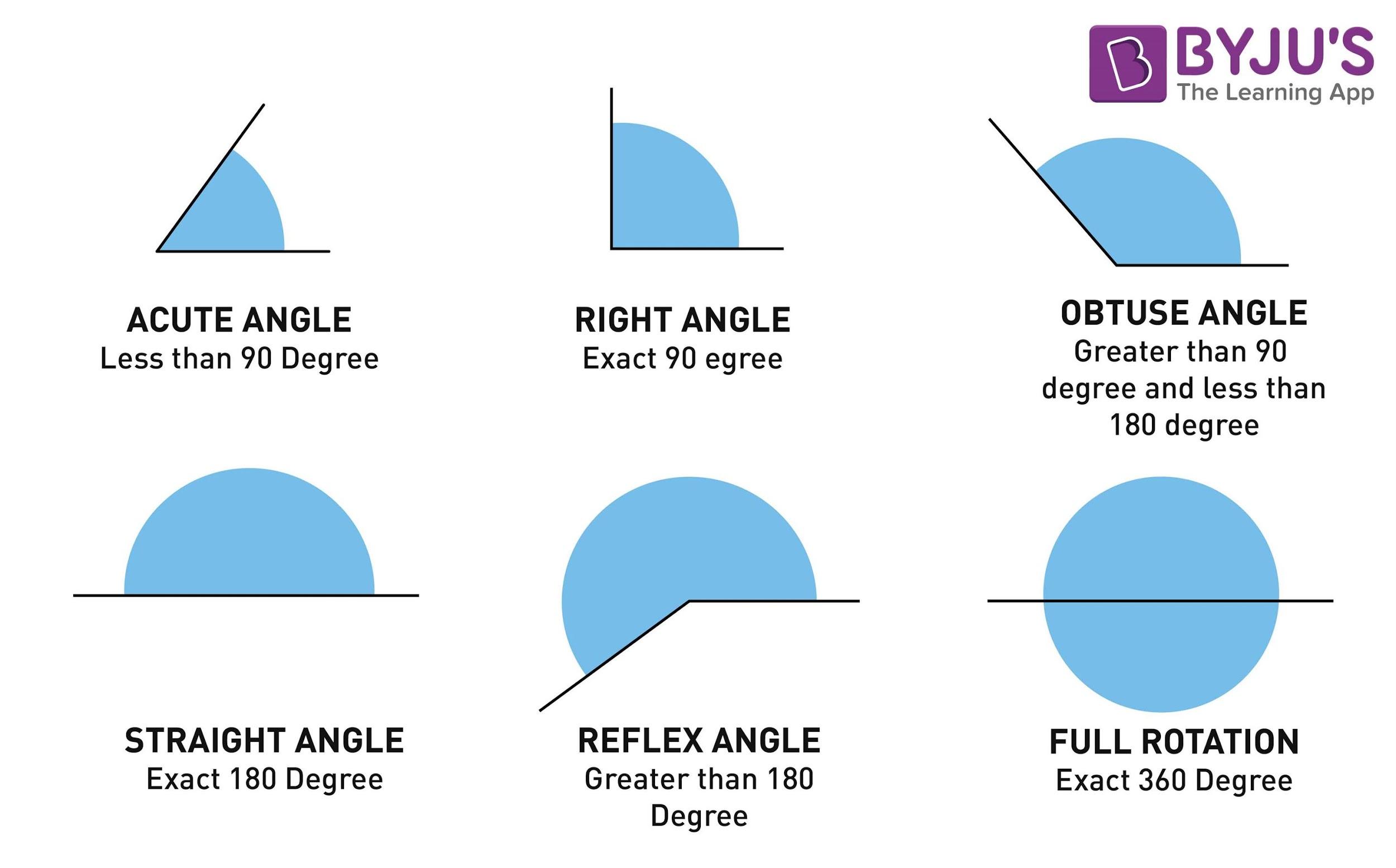
The study of triangles is both an art and a science, reminiscent of a grand symphony where each angle contributes its unique sound to the overall harmony. Understanding which angle in triangle ABC possesses the largest measure invites us to delve into the relationships between the angles and the sides that confine them. This elucidation provides insights not only into the properties of triangles but also into the elegance of geometry itself.
Triangles, with their three-sided simplicity, encapsulate fundamental principles of Euclidean geometry. When faced with triangle ABC, it is essential to consider a few core tenets that ensure the proper identification of the angle with the most significant measurement.
To embark on this geometric journey, one must first comprehend the classic triangle inequality theorem. This theorem states that the sum of the lengths of any two sides of a triangle must always exceed the length of the remaining side. This principle is crucial as it lays the groundwork for deducing the relative magnitudes of the angles based on their opposite sides.
Imagine three angles within triangle ABC—let us denote them as angle A, angle B, and angle C—each corresponding to sides a, b, and c, respectively. Here, angle A is opposite side a, angle B is opposite side b, and angle C is opposite side c. It is a foundational axiom in triangle geometry that the larger an angle is, the longer the side opposite it shall be. This intrinsic relationship between angles and their corresponding sides governs our quest.
Let’s curate this information into digestible segments:
- Measure the Sides: Begin your analysis by measuring or calculating the lengths of the sides of triangle ABC. Accurate measurements are vital—they serve as the initial keys unlocking the enigma of angle measures.
- Establish Relationships: Identify how each side measured parallels the angle opposite it. Employ the direct correlation where if side a is the longest, then angle A must be the largest, and so forth with sides b and c.
- Use the Law of Sines: When applicable, the Law of Sines can serve as an invaluable ally. This law states that the ratios of the lengths of the sides to the sine of their opposite angles are constant. Formulated as a/b = sin(A)/sin(B), this equation can aid in finding unknown angles based on known side ratios.
- Angle Measurements: Utilize protractors or trigonometric calculations to determine exact angle measures if side lengths are known. The triangulation of angles leads us closer to identifying the greatest.
- Summary of Findings: Conclusively, once the angle measures have been established, it is merely an act of comparing their values to discern which angle reigns supreme in measure.
Through this analytical process, the true beauty of triangles unfurls. When sides a, b, and c reveal their relationships, angle A, B, or C will emerge as the titan of degrees, standing tallest among its peers. Within the bounds of triangle ABC, this largest angle gazes across its opposite side with a mathematically justified supremacy.
In practical application, understanding which angle in triangle ABC has the largest measure can influence various real-world scenarios, notably in engineering, architecture, and various design fields. The aesthetic appeal of triangles, often observed in Gothic cathedrals and pyramidal structures, hinges on the careful consideration of not only their angles but also the sides that define them. In these structures, the largest angle often sees its counterpart side demanding the most prominence, creating an architectural dialogue that speaks to balance and stability.
Beyond mere measurement, the examination of triangles and their angles can also serve illustrative purposes in more abstract realms. The relationships intrinsic to triangle ABC can embody themes of balance, power dynamics, and the interplay of forces. Consider this: as the largest angle emboldens its corresponding side, it symbolizes the strength of assertion in human interactions—where the ‘larger’ perspectives can often have a more profound impact than others. Just as in social dynamics, those who stand firmly at the apex—whether in confidence, perspective, or knowledge—can dominate the discourse, much like the angles and sides of a triangle.
Thus, to conclude our exploration of triangle ABC: the angle with the largest measure is unequivocally the angle opposite the longest side. Understanding this principle isn’t just a mathematical exercise; it’s a glimpse into the intricate web of relationships that governs both the physical and conceptual realms. Whether applied to architectural designs echoing elegance or metaphorically reflecting social hierarchies, the triangle remains a powerful study—a measure of both arithmetic and artistry.
In essence, through the lens of triangle ABC, the quest to identify the angle with the most significant measure is a journey that intertwines logic, beauty, and relevance, offering a slice of the profound understanding that geometry grants us. Embrace this geometric wisdom, and let it guide your explorations in the world of shapes and their myriad connections.
